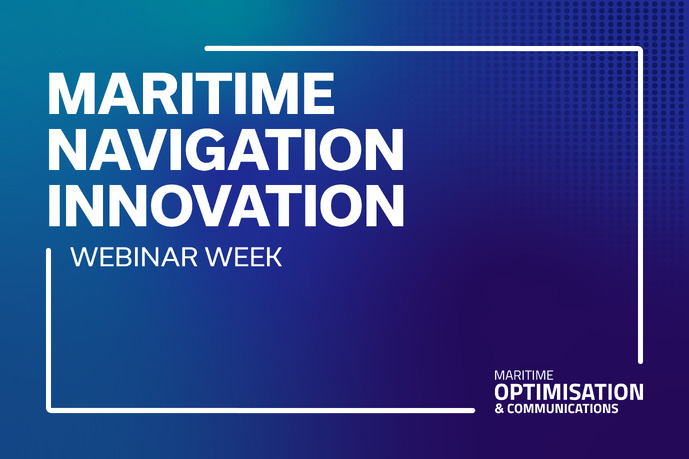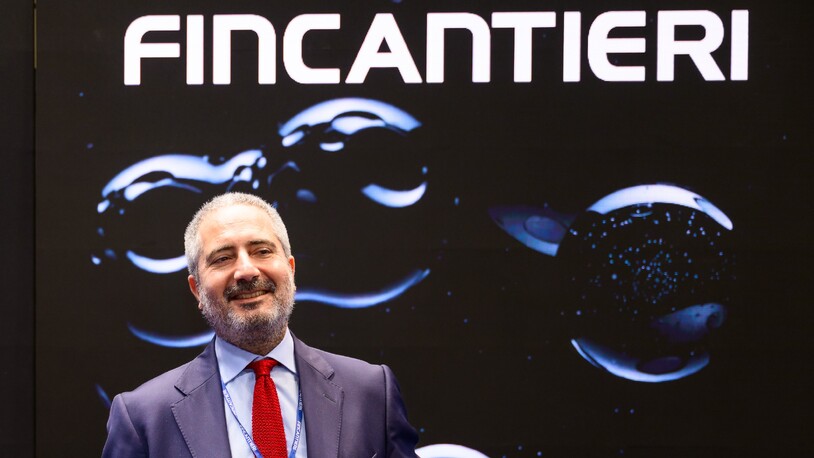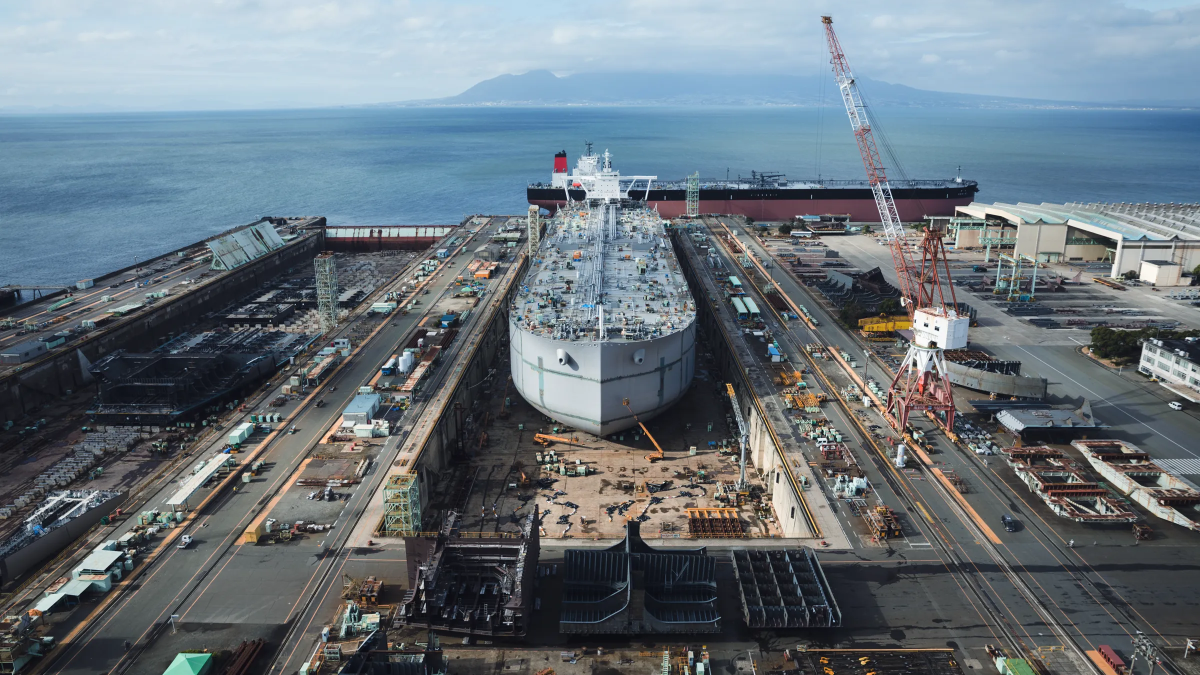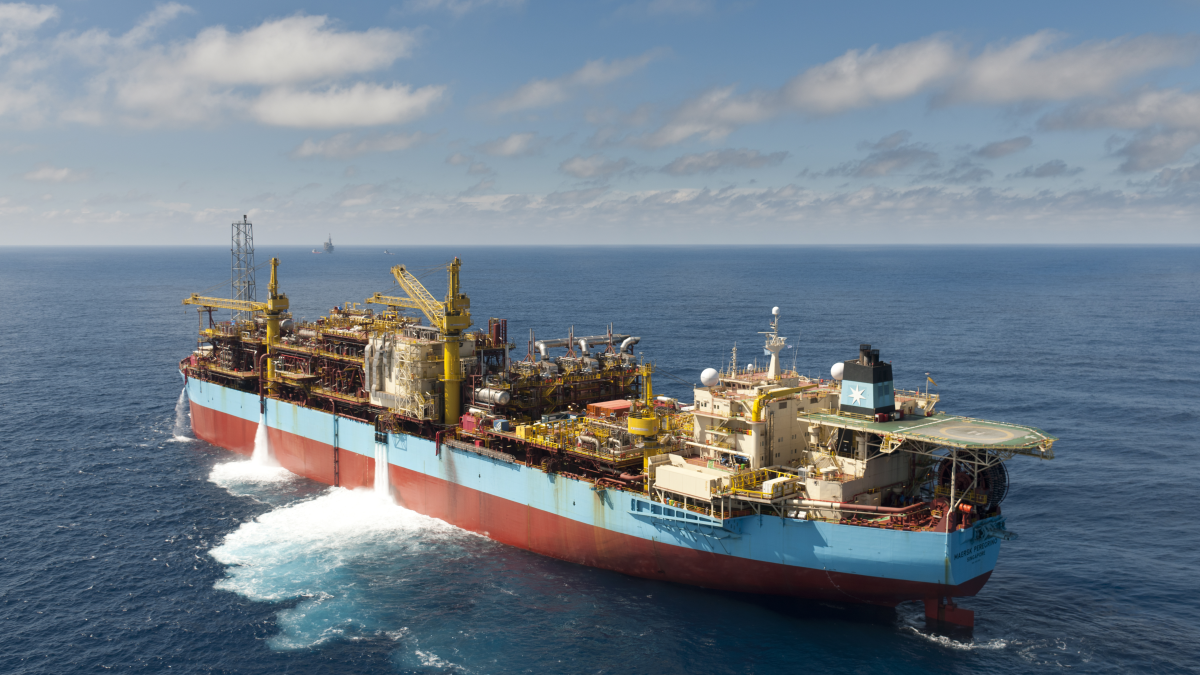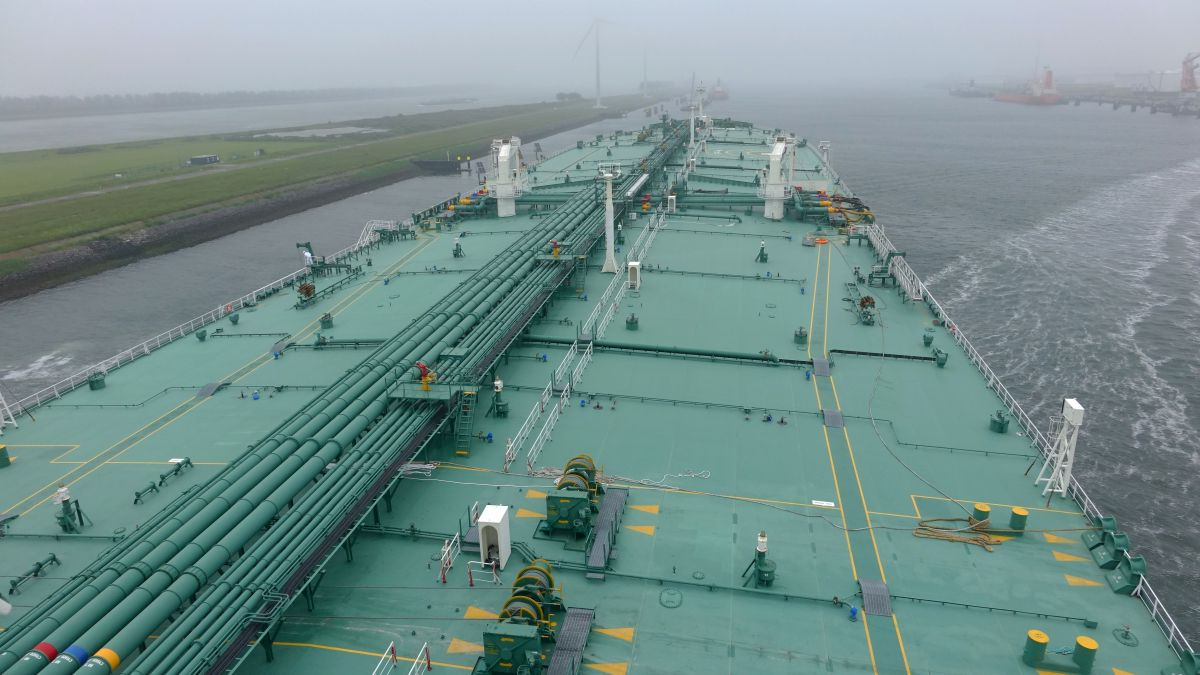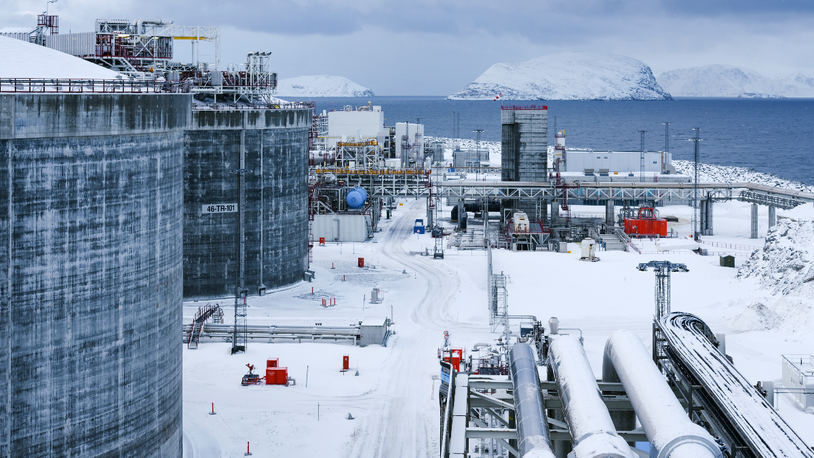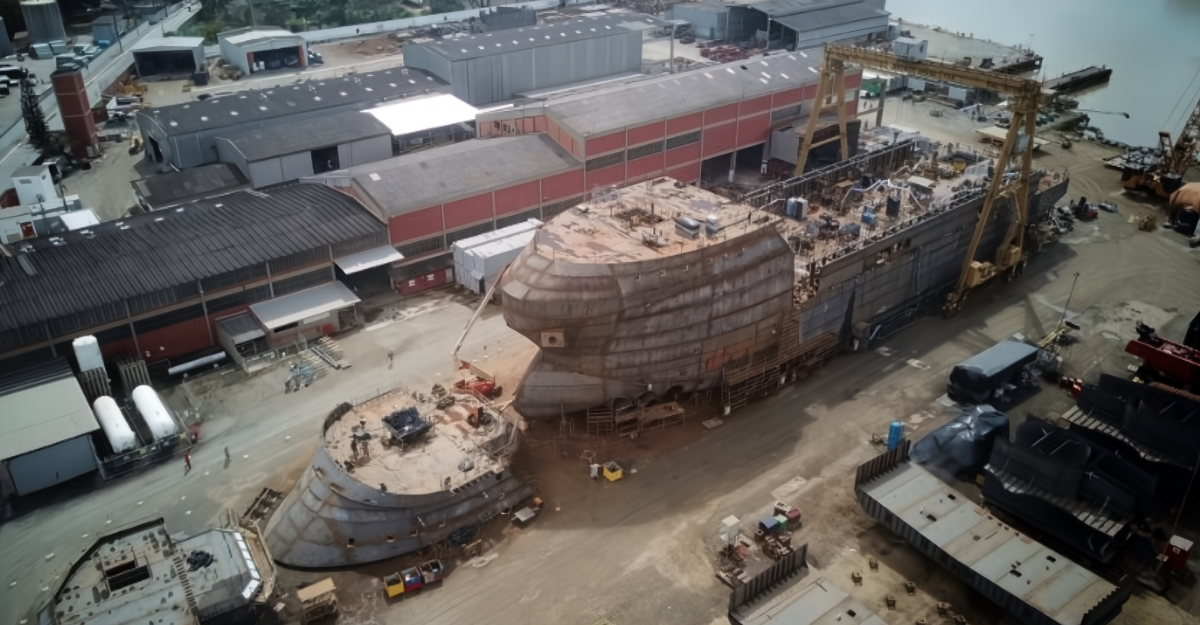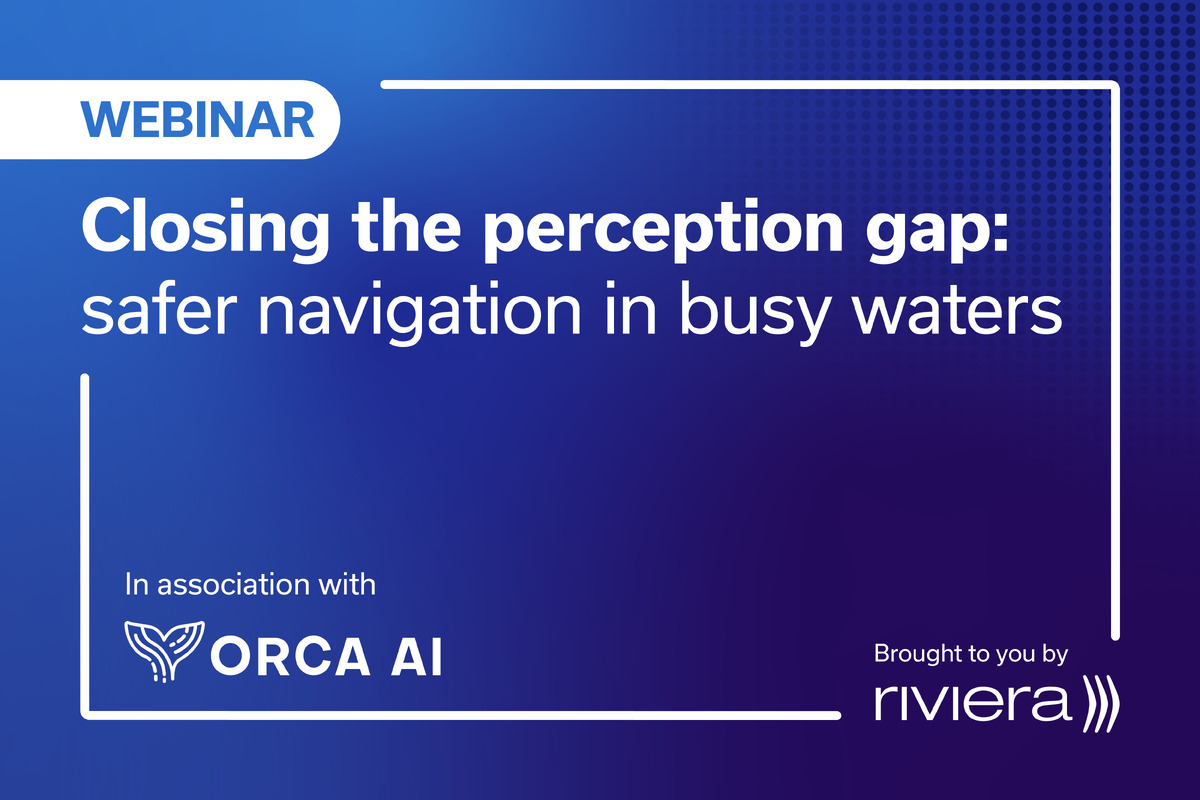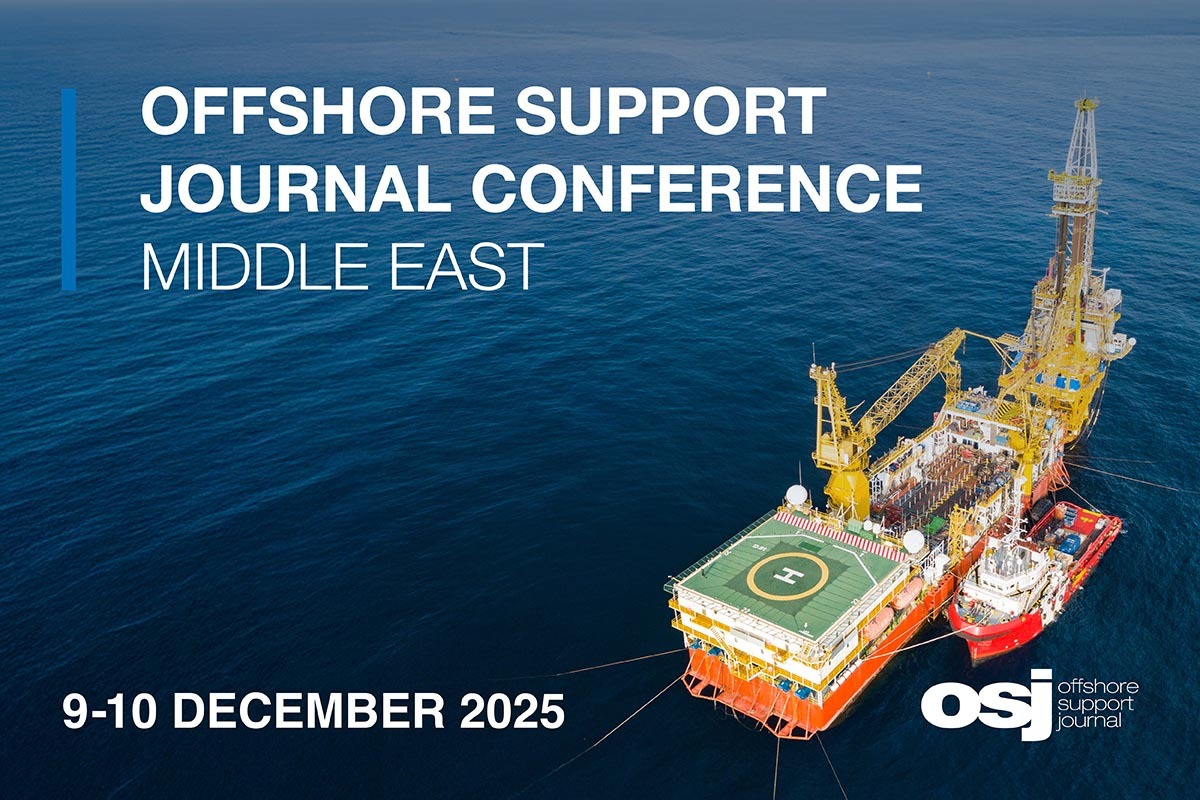Business Sectors
Events
Contents
Register to read more articles.
When you care for crew, you care for your business
Shipping needs to take better care of seafarers. This is clear from the troubling trends disclosed in recent industry safety and crew mental health and wellbeing reports.
Gard’s recently released Crew Claims Report showed a 25% jump in crew deaths, with illnesses and suicide among the leading causes. Highlighting seafarer mental health and wellbeing, the P&I marine giant said suicides in 2024 exceeded the number of fatal accidents onboard, with most cases involving officers early in their contracts. Even more troubling is that in 75% of the cases, seafarers were below the age of 41 – a younger profile than other deaths on board.
Stress is leading factor in illnesses, accounting for eight out of the 10 most common illnesses among crew. Compromising your crew’s mental health and wellbeing compromises safety and leads to accidents.
Houthi attacks and the ongoing conflict between Russia and Ukraine continue to take an emotional and physical, and sometimes deadly, toll on seafarers. Mental health experts like Mental Health Support Solutions also point to the stresses that isolation from family and friends, poor sleep cycles, fatigue and even toxic social media can place on seafarers.
“If you don’t have a safe operation, then you don’t have a business”
Maritime Safety Trends 2014-2024, a report released by DNV during Nor-Shipping 2025, suggests a strong correlation between vessel age and operational reliability; 41% of the incidents involving operational reliability occurred in ships 25 years of age or older. Over the 10 years reviewed, DNV found machinery damage/failure was responsible for the highest number of casualty incidents, accounting for 60% of all cases in 2024.
And an ageing global fleet is not the only problem. Record levels of investment are pouring into novel engine and energy-saving technologies and new fuels in retrofits and newbuilds to comply with tightening IMO and EU emissions regulations. This drive to decarbonise shipping is adding more systems, more maintenance, and more operational complexity, putting additional pressure on crew.
Expanding the number of Emissions Control Areas globally, for instance, will require ships that transit these zones to conduct more frequent fuel changeovers, increasing potential operational and safety risks. Loss of propulsion, fuel contamination, engine damage and engineroom fires present dangers to the crew, ship and environment.
Owners using wind-assisted propulsion, shore power, batteries and air lubrication systems to reduce fuel consumption and lower emissions must also consider the risks and additional responsibilities on the crew.
The role of the human element and maritime safety was highlighted by Capital Offshore Ship Management COO, Harry Knox, during a recent Riviera webinar, Next-gen OSV design in Brazil: from concept to compliance — 2025 and beyond. Mr Knox said he was surprised when ‘Crew comfort and safety’ did not draw any positive responses during a poll question on ‘Which factor would have the greatest influence on offshore vessel suitability in Brazil over the next decade?’
“If you don’t have a safe operation, then you don’t have a business, regardless of the operating area that you are in,” stated Mr Knox.
Comprehensive crew training, health and wellbeing programmes should be top of mind for all shipowners. Taking better care of your crew is taking care of your business.
Related to this Story
Events
Maritime Navigation Innovation Webinar Week
Offshore Support Journal Conference, Middle East 2025
© 2024 Riviera Maritime Media Ltd.
